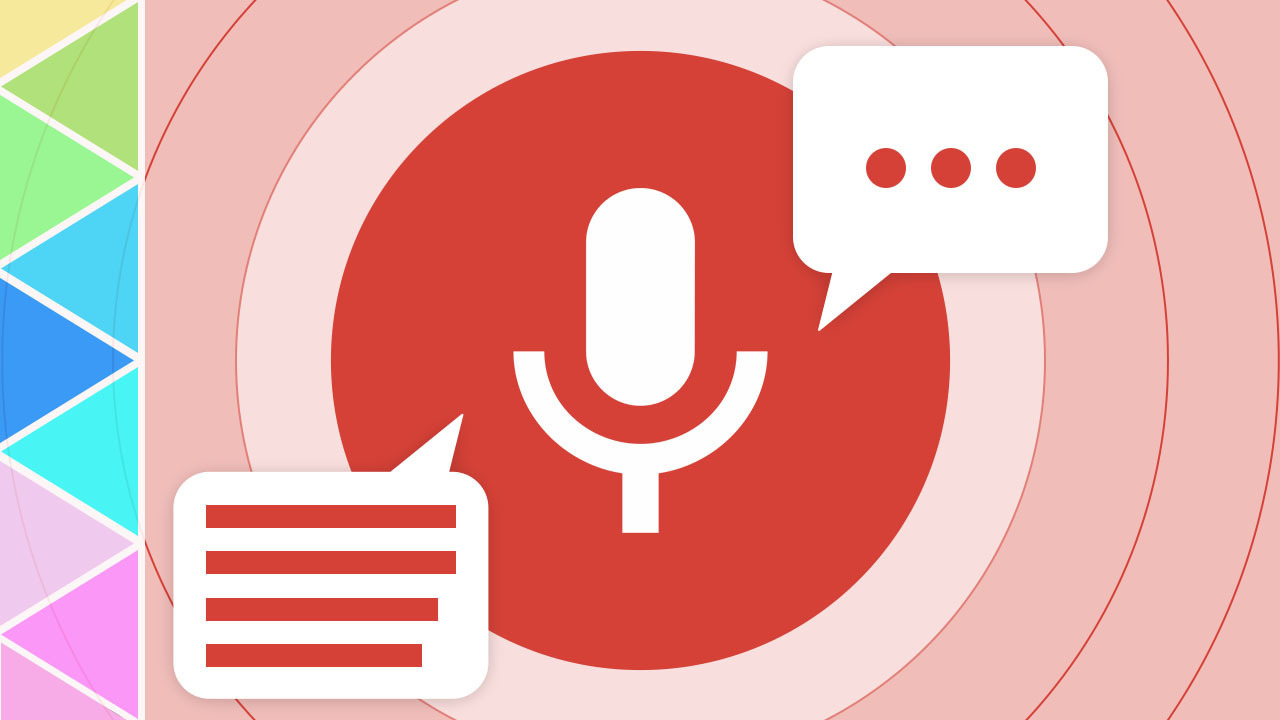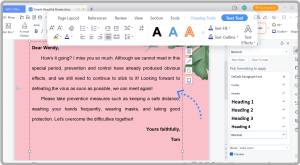Voice-to-text technology has changed the way we use our smartphones, making them more convenient and accessible than ever before. This new software turns spoken language into written text, so you don’t have to type it down by hand. This opens up new ways to communicate. Voice to text solutions are becoming more accurate, responsive, and flexible as voice recognition algorithms get better. These tools are now crucial in our digital toolkit.
How Voice to Text Technology Has Changed
Voice-to-text technology has made a lot of progress since it first came out. With a small vocabulary and low accuracy, early voice to text systems were primitive. People often spent more time fixing mistakes than they would have if they had typed the content by hand. But big improvements in AI and machine learning have changed this technology completely.
Modern voice to text software uses advanced neural networks that can understand context, adjust to diverse accents, and improve over time through machine learning. The accuracy of voice to text conversions has significantly improved because to these improvements, making them useful for everyday tasks. The software can now understand and write down speech with almost human-like precision, even in noisy places or while using technical language.
The development of voice to text technology is an example of a larger trend in computing: a move towards interfaces that are more natural and easy to use. Voice to text offers a link between human connection and digital functioning as our devices become more ingrained in our lives.
How Voice to Text Can Help You in Your Daily Life
Voice-to-text technology has changed the way we work, talk to each other, and get information in many parts of our daily lives. Voice to text has evolved into a crucial productivity tool for many professionals. Writers, journalists, and researchers can dictate notes and drafts, which speeds up the process of making material. Voice to text is used by lawyers and doctors to document their work, which cuts down on the time spent on administrative tasks and boosts productivity.
For children with various learning requirements, voice to text software has many advantages in the classroom. People with dyslexia or other problems with reading and writing can say what they want to say and have it turned into text, which makes things fairer in school. Voice to text also helps people with physical limitations that make typing difficult, which makes digital content more accessible for everyone.
The technology has also changed how we use our phones. Instead of typing messages or emails on small screens, users can dictate their messages, which lets them use their hands-free while driving or doing other things. Voice-to-text features in search engines make it easier and faster to find information, changing the way we access the vast amount of information available online.
Voice to Text in Work and Business Settings
In the corporate and professional worlds, voice to text technology has a significant impact. The preparation of meeting minutes, reports, and other documentation is streamlined in business settings via voice to text software. While travelling between meetings, executives and managers can dictate emails and memoranda, making the most of time that might otherwise be wasted.
Voice to text solutions are being used more and more by customer service departments to automatically transcribe calls. This results in searchable records that can be used for quality assurance and training. This program not only makes things run more smoothly, but it also gives businesses useful information.
Voice to text technology in the healthcare industry enables doctors and nurses to make notes and records about patients without having to stop what they’re doing. Doctors can say what they see and suggest, and the computer will instantaneously turn that into text and add it to electronic health records. This makes the paperwork better while making it easier for healthcare providers to execute their jobs.
Voice to text technology has also been adopted by the legal industry. Lawyers can dictate pleadings, contracts, and letters, which speeds up the process of making documents. In order to increase the effectiveness of the legal system, court reporters employ sophisticated voice to text technologies to produce real-time transcriptions of proceedings.
The Technical Foundations of Voice to Text
Voice to text software relies on extensive technical foundations to perform its complicated functions. Speech recognition, natural language processing, and machine learning algorithms are the main building blocks of voice to text technology.
The first step is to record sounds with a microphone. The software then works on this audio input, getting rid of background noise and focussing on the speaker’s voice. Next, the system breaks down the speech into phonemes, which are the basic units of sound in language. It then looks for patterns to find words and sentences.
In order to increase accuracy, advanced voice to text systems use contextual analysis. Instead than looking at words by themselves, these systems look at the words around them to clear up any confusion and fix mistakes. For example, you can tell the difference between “their,” “there,” and “they’re” depending on the context.
In contemporary voice to text technology, machine learning is essential. As these systems get more speech samples and get corrections from people, they get better over time. Voice to text software can now better grasp the speech patterns, accents, and word choices of individual users thanks to this adaptive feature.
Difficulties and Restrictions of Voice to Text
Voice to text technology has come a long way, but there are still many obstacles to overcome. Different accents, dialects, and speech styles still make it hard to get the right answer. People who don’t speak English well or have speech problems may have more trouble using the technology, which could make it less accessible.
Voice to text systems have additional difficulties due to background noise. Even though contemporary algorithms have made noise filtering better, crowded places can still make recognition less accurate. Technical problems, including the quality of the microphone, might also affect how well the system works.
Voice to text technology is likewise fraught with privacy issues. The security of potentially sensitive information is a concern for many voice to text systems because they process data in the cloud. Users should think about whether the service providers are storing or analysing the things they dictate, which could contain private or personal information.
The technology also has trouble with some language subtleties. As voice to text systems often focus on literal meaning rather than subtext, sarcasm, irony, and other types of figurative language might be lost in transcribing. Also, punctuation and formatting often have to be spelt out, which makes the user experience less natural.
The Future of Voice-to-Text Tech
Voice to text technology is on a trajectory that will make it more and more integrated into our digital life. Researchers are trying to fix the problems that exist now by using more advanced algorithms and bigger training datasets that contain different dialects and speech patterns.
One of the most interesting new developments in voice to text technology is real-time translation. Systems that can quickly turn spoken words in one language into written text in another language could help people all across the world communicate better.
Some of the privacy issues with voice to text may be resolved via edge computing. Future systems could be safer and still work well if they process speech on devices instead of in the cloud.
Emotional intelligence is another area where things could become better. Future voice to text systems might be able to identify tone, stress patterns, and emotional cues and keep these things in the transcription by using formatting or notes.
Voice to text technology will probably grow more conversational and easy to use as natural language processing keeps getting better. These systems will adapt to how people naturally talk instead of needing special commands or dictation methods. This will make it even easier for people to start using them.
In the end
Voice-to-text technology has gone from being a fun new thing to a must-have tool that makes many areas more productive, accessible, and convenient. Voice to text solutions will become more and more a part of our digital interactions as accuracy and functionality continue to improve, potentially changing how we use technology.
With continual improvements correcting present drawbacks and enhancing capabilities, the future of voice to text technology appears promising. Voice to text is at the vanguard of this change as we move towards more natural ways for people and computers to communicate. It makes digital communication more intuitive and effective.
Voice to text technology offers effective solutions that will only get better in the future for people and businesses looking to increase productivity and accessibility. people can now instantaneously record and turn spoken words into text, which closes the gap between how people naturally communicate and how we use digital technologies.




